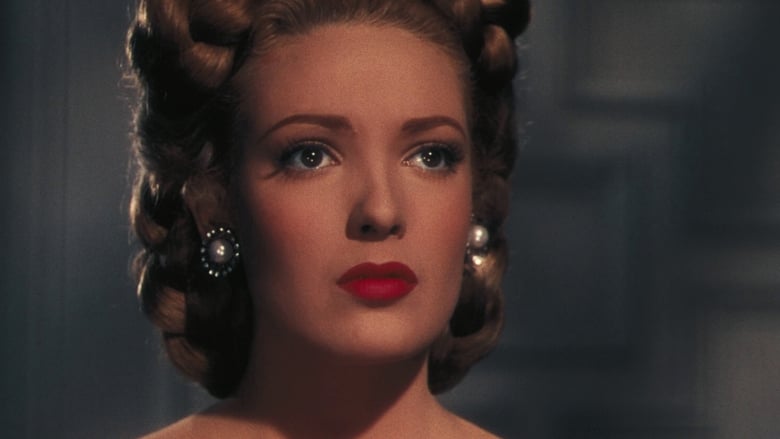

According to new research from the UK literacy charity The Reading Agency, almost a third of people are reading more as a result of quarantine. However the crucial ability of books to transport us to another world has never been more important, and so, current sales of print books aside, there appears to be a reading boom whilst people struggle with their new restricted reality. Across the pond, NPD BookScan is still releasing figures, however, and has shown print sales remaining more stable, perhaps due to Amazon’s bigger share of the market there, though the impact of Covid-19 is expected to be greater in the coming weeks.

However print sales have been dropping by 60-70% across the industry since the closure of bookshops, suggested Faber chief executive Stephen Page in a recent interview with BBC Radio 4’s Today programme. The UK’s official book sales monitor, Nielsen BookScan, consequently stopped releasing data following lockdown at the end of March so there is no way yet to tell the true impact of coronavirus on the business in the UK. The lockdown across the UK, US and around 100 countries globally has forced bookstores to close their physical premises, though many have continued operations online. It’s early days, of course, and on both fronts, as yet, the picture is far from clear. Two questions arise: in this age of uncertainty, are we reading more or less than we did before, and what genres and kinds of titles do we really crave? Is it now that we finally dust off our long-forgotten War and Peace, or do we instead take solace in a good bonkbuster? It’s particularly interesting to do so now, given the current turmoil we find ourselves in and the effect that it may be having on our reading habits.

Looking back, it’s interesting to wonder why, at one of the most tumultuous moments of the 20th Century, readers across the world fell for a lascivious romp that has now passed into literary oblivion. Its success came despite the fact it was banned in 14 US states, with its titillating content leading the Attorney General of Massachusetts to fume that “the references to women's bosoms and other parts of their anatomy were so numerous I did not even attempt to count them”. Set in Restoration England, it follows the story of a 16-year-old girl who grows up to become mistress to Charles II, and set the template for many modern bodice-rippers. At such a seminal time in history, when World War Two was in its final stages, what literary masterpiece could have caused such a stampede? A period romance called Forever Amber by the now almost-forgotten author Kathleen Winsor, which was also a bestseller in 15 other countries. In 1944, a debut novel was published in the US that went on to become the country’s bestselling fiction book of the entire decade.


 0 kommentar(er)
0 kommentar(er)
